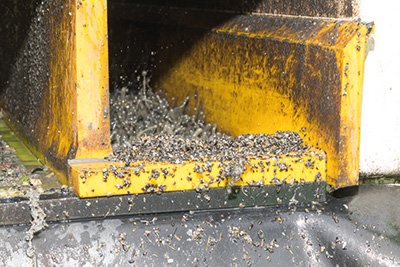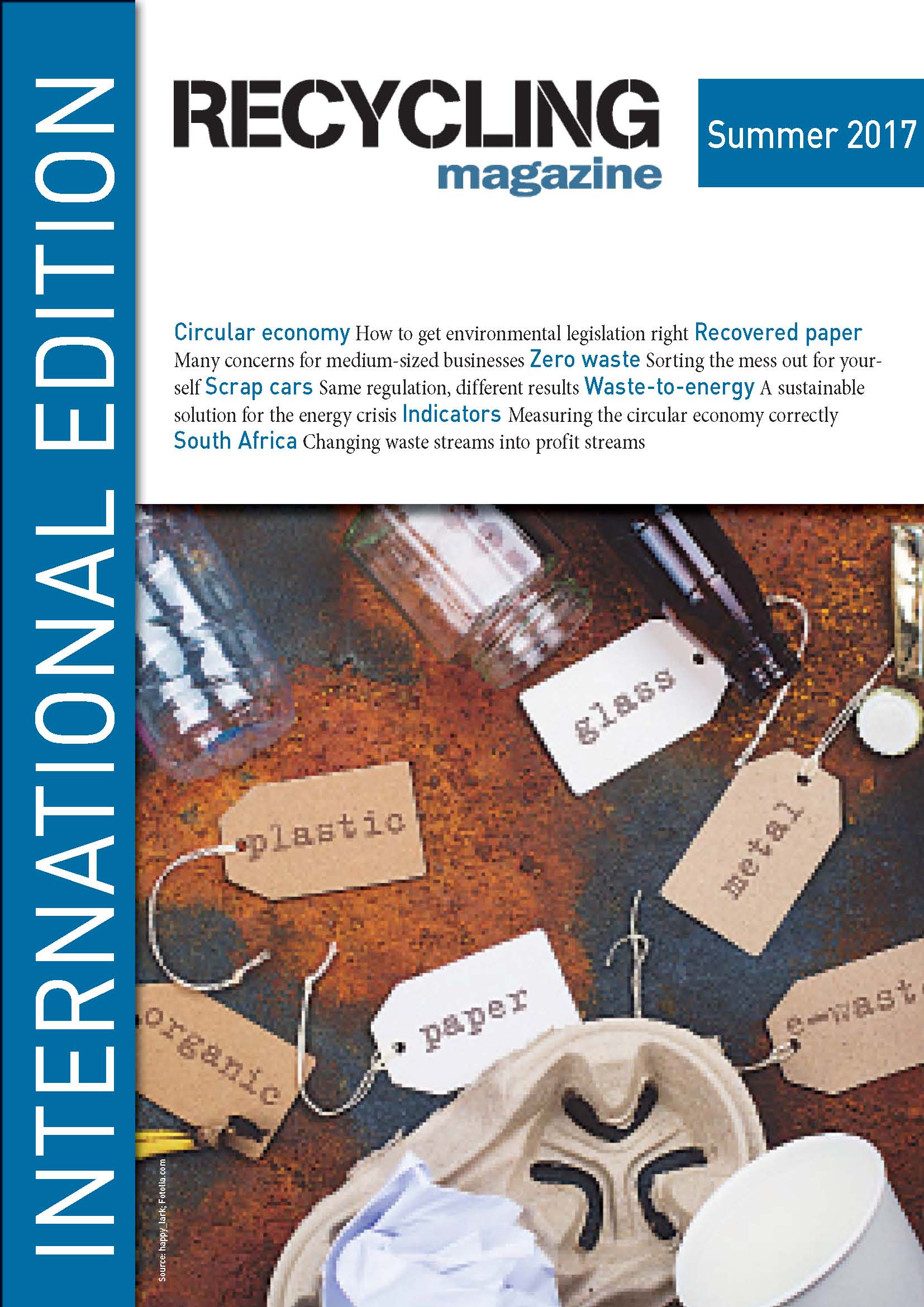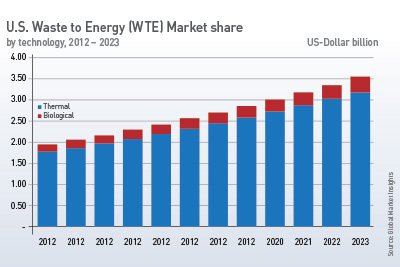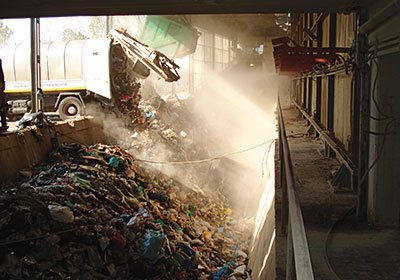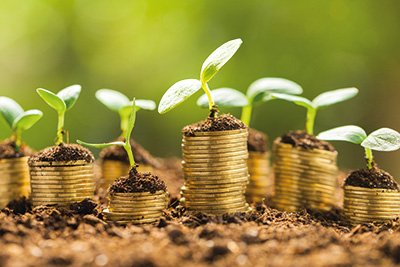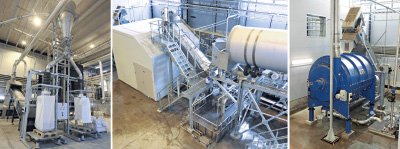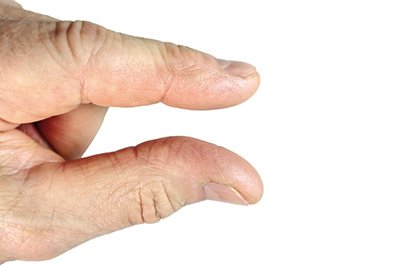How much thought do you give to the dust and debris you kick aside as you walk down the road, or crunch under your tyres as you drive along? The chances are, not very much, but it’s worth giving it a lot more attention – and not just because of the damage it can do to your shoes or tyres, according to Andrew Wilson, Business Development Manager at CDEnviro in Switzerland.
